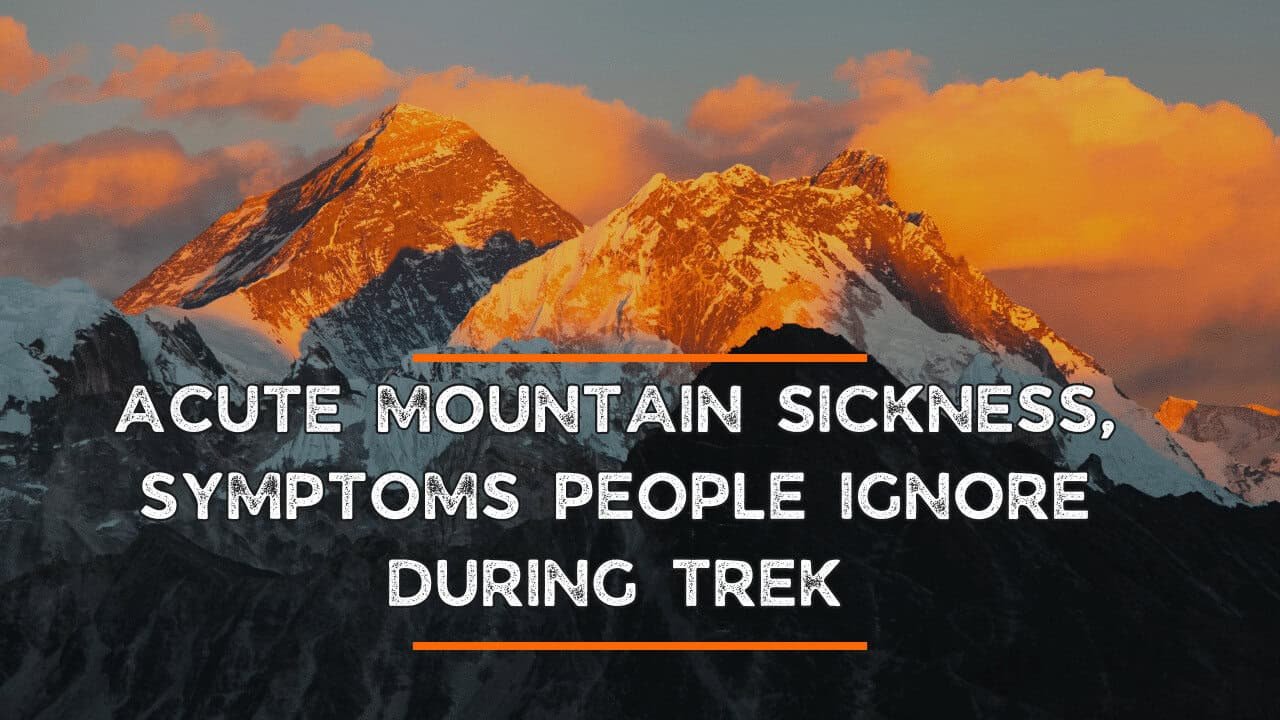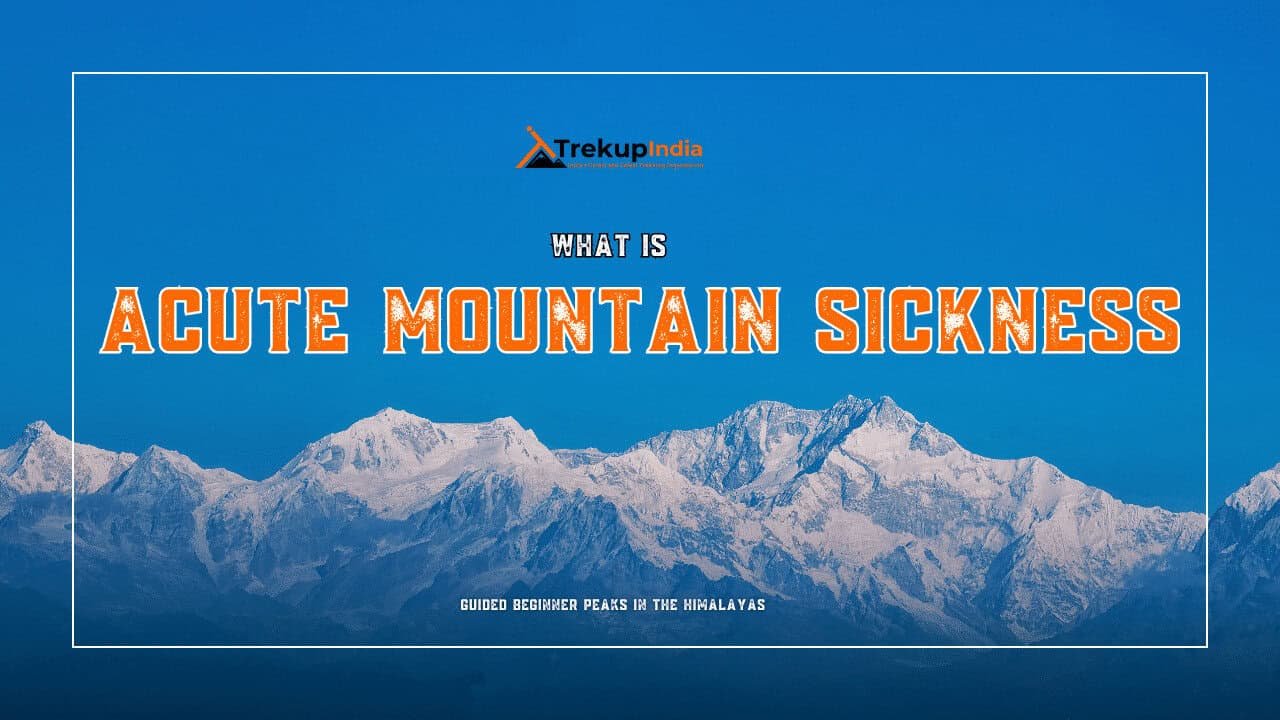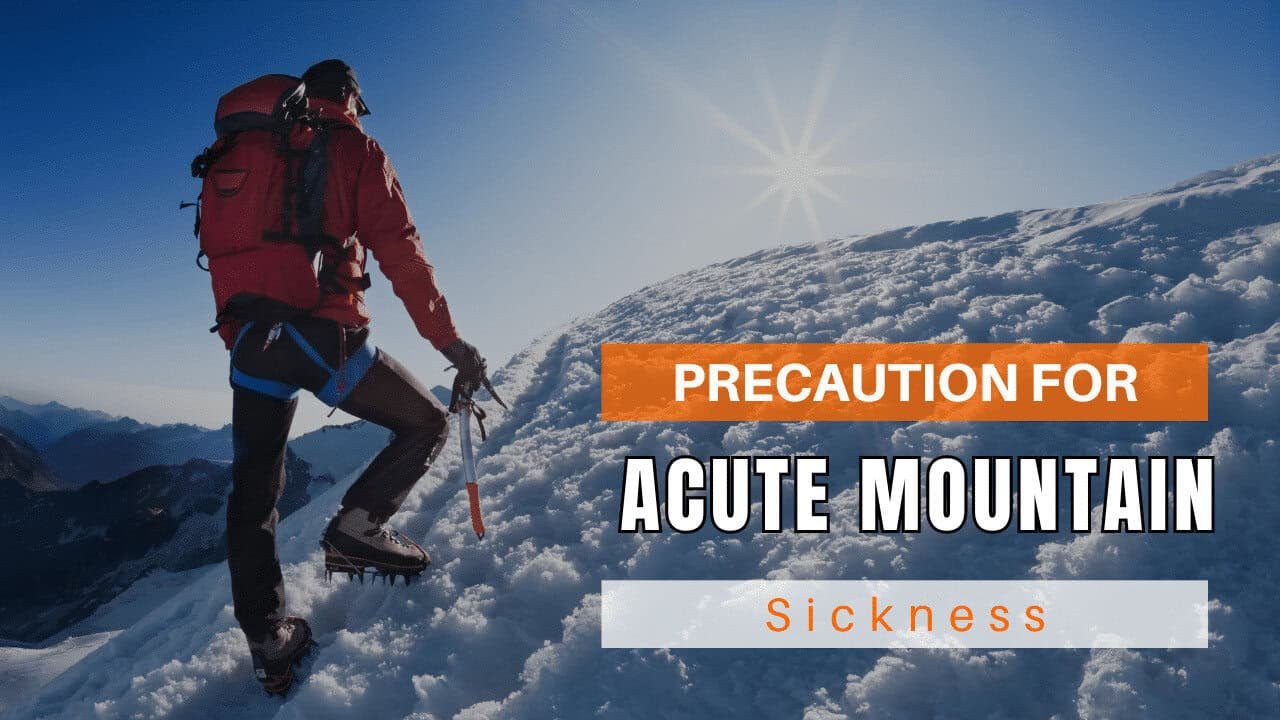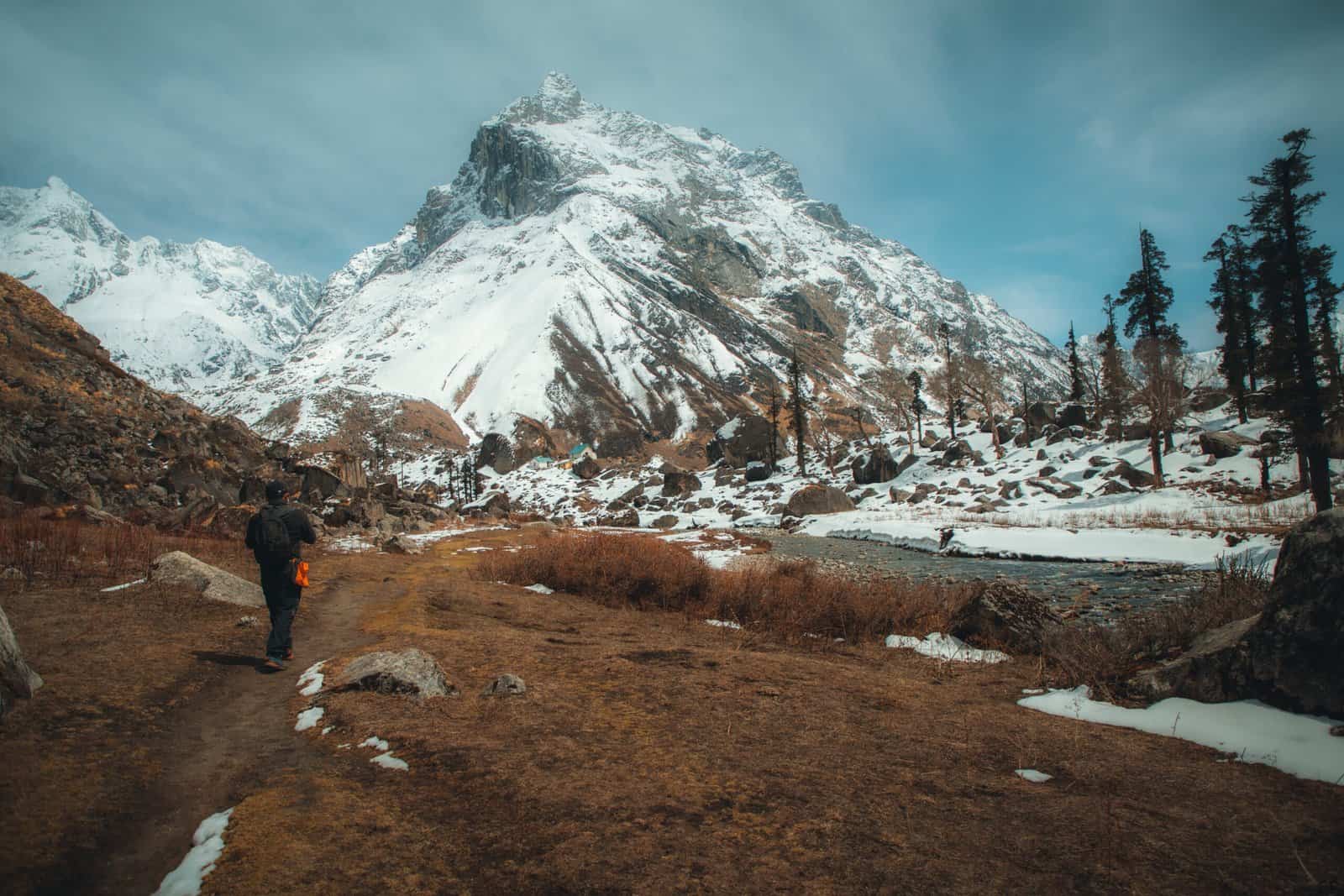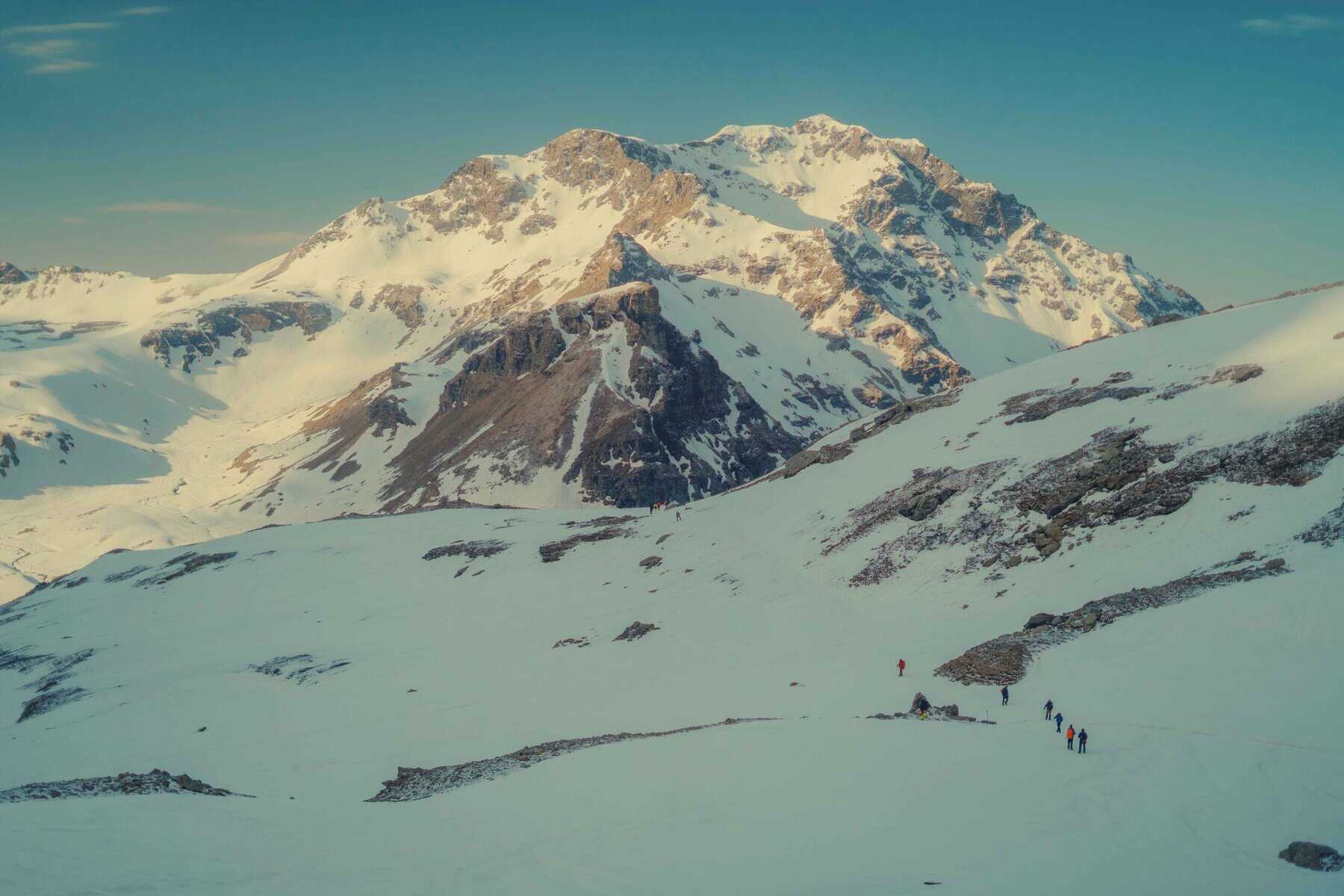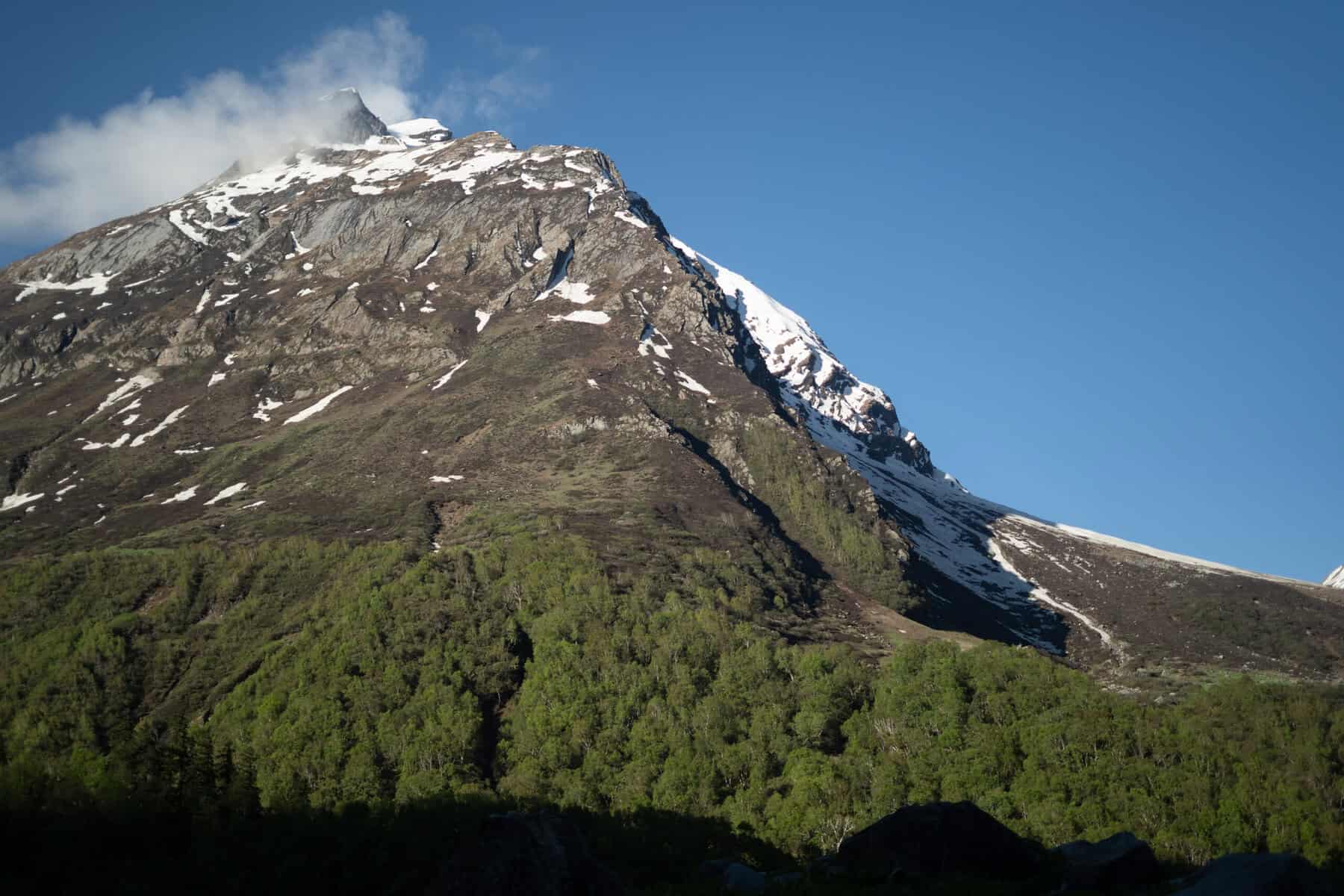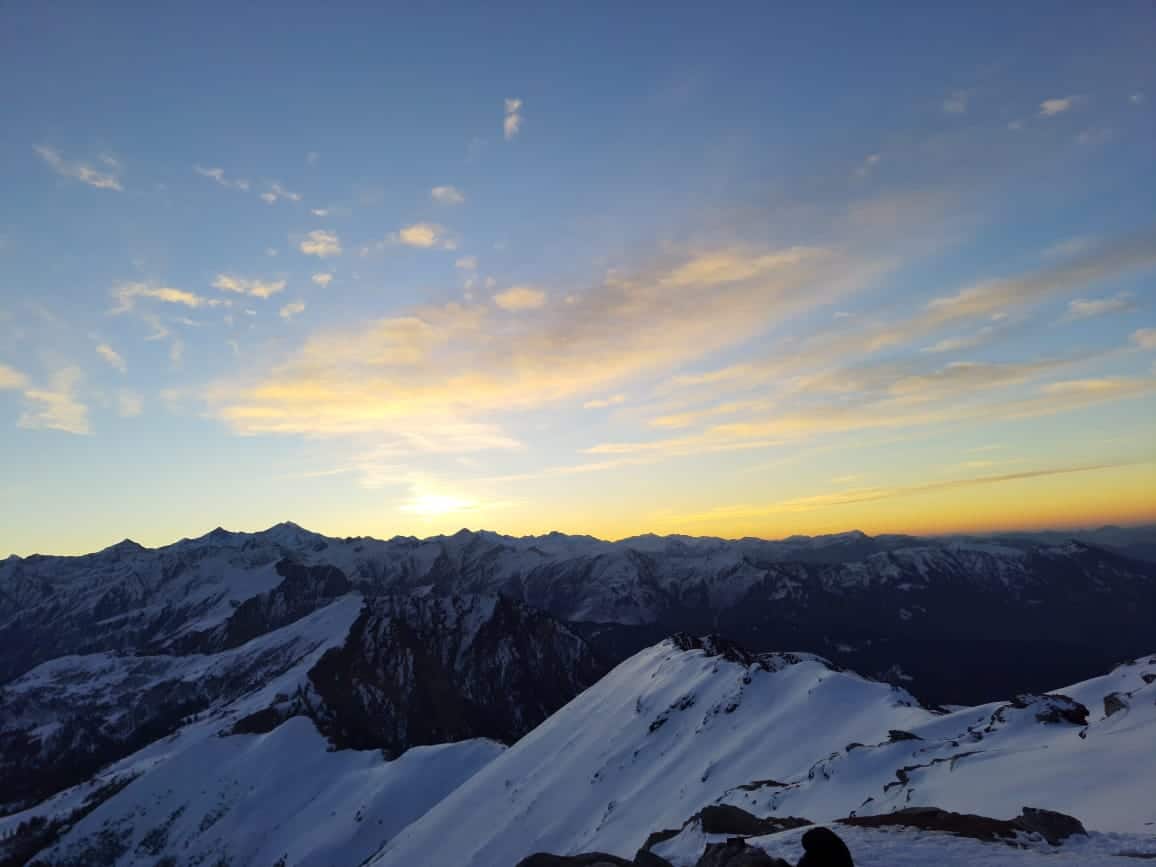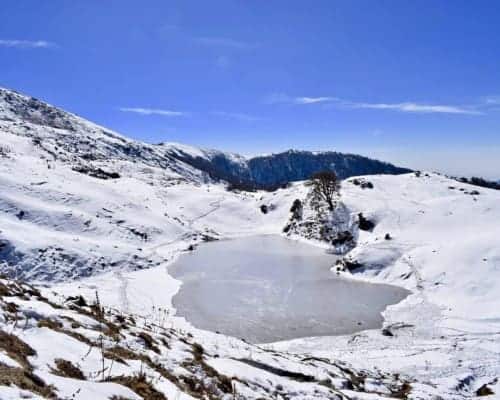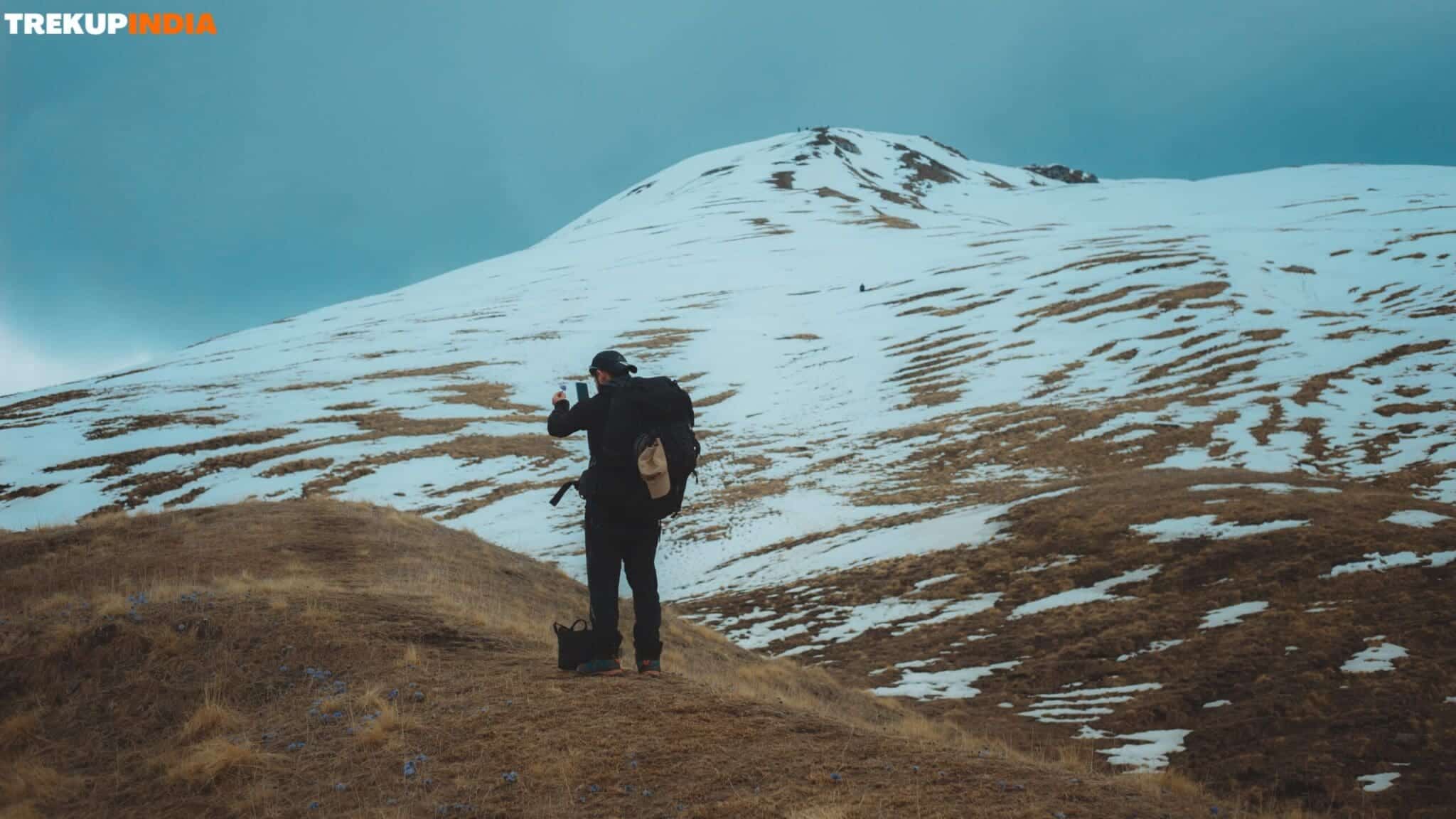Breathing Techniques for Uphill Trekking
At TrekUp India, we recognize that the physical demands of climbing are exhausting, especially at higher altitudes where oxygen levels drop significantly. By practicing correct breathing techniques and using regular and controlled breaths regularly and correctly while climbing uphill, endurance increases as fatigue, dizziness, and altitude sickness decrease. Regular and controlled breathing practices will make climbing both more efficient and enjoyable.
Why Proper Breathing Matters
Increase oxygen Efficiency. Proper breathing ensures muscles receive enough oxygen, decreasing fatigue.
Maintain Stamina
It is crucial for maintaining endurance levels during long ascents.
Avoid Altitude Sickness: A controlled breathing program may help lower the risk of altitude sickness by decreasing symptoms such as nausea and headaches.
Focus and increase focus in order to remain calm in a challenging situation.
Diaphragmatic (Belly) Breathing
To maximize oxygen-rich breaths while trekking uphill, opt for diaphragmatic breathing rather than shallow lung breathing to engage your diaphragm and create more efficient oxygen transfer from air into your lungs. This practice is known as Diaphragmatic or Belly Breathing.
Breathe deeply through your nose and feel your stomach expand.
Take a deep breath, exhale through your lips, and allow all the air out of your lungs completely.
Benefits: This treatment maximizes oxygen absorption and assists with controlling heart rate stability.
Rhythmic Breathing (Step-Sync Technique)
Coordinate your breath and steps to achieve a constant rate.
As you take steps forward, inhale for two or three steps before exhaling for three or four more steps (depending on the intensity of your incline).
When taking left-right steps, take deep breaths in and exhale after right-hand steps.
Benefits: Prevents breathing problems and keeps a consistent walking rhythm.
Pressure Breathing for Steep Climbs and High Altitude)
Mountaineers use pressure breathing techniques to combat the thin air found at higher elevations:
Breathe deeply by placing your nose inside.
Breathe deeply and exhale through your lips with an exaggerated exhale (like when blowing out a candle flame).
Benefits help clear carbon dioxide accumulation while improving oxygen circulation.
Combining Paced Breathing and Rest Steps.
To climb steep slopes efficiently, combine breathing and the rest-step technique:
Take a moment to pause with each step and lock your knee behind, resting muscles as you do so.
Take a deep breath before moving forward, and release when locking your knee.
Benefits: This saves muscle energy and decreases muscular strain.
Additional Tips to Achieve Better Breathing While Trekking
Stay Hydrated: Dry air at high altitude can quickly dehydrate you, making breathing more challenging. Furthermore, be sure to maintain good posture so as to allow complete expansion of lung capacity and the fullest expansion of lungs during treks.
Avoid Overexerting Yourself.
Trek at a relaxed pace; hasty trekking can result in rapid breathing patterns that compromise efficiency.
Before the trek train with breathing exercises to increase lung capacity by training for it before setting out.
Conclusion
TrekUp India believes that any successful trek begins with a firm grasp of its fundamentals, and breathing is one of the most critical components. Utilizing diaphragmatic breathing techniques like diaphragmatic breaths, regular step-sync patterns, and pressure breathing, as well as rest-step techniques, will provide your body with enough oxygen for long climbs without becoming fatigued during their pursuit.
Regular breathing not only strengthens your body’s endurance but also your brain’s capacity to focus and stay calm. By practicing regular breath work at high elevations and developing good walking habits, regular practice makes even challenging treks through the Himalayan or Sahyadri ranges more manageable and pleasurable.
As you train for your next trip, don’t just train your legs; train both lungs. Inhale deeply as you take long treks or scale heights with confidence.
About Author

Anoop Rawat (Admin TrekUp India)
Anoop has worked for 5 years as a Trek Leader with TrekUpIndia, leading numerous treks across the diverse and challenging terrains of Uttarakhand and Himachal Pradesh. He holds a degree in Geology with a specialization in Geographic Information Systems (GIS) from UPES Dehradun. During his academic years, he actively applied his classroom knowledge in the field—most notably by contributing to a glacier research project on the Jundar Glacier in the Har Ki Dun Valley, Uttarakhand. Write Anoop at anoop@trekupindia.com
Share this article
Dates For Upcoming Treks
Want To Trek Like Pro?
Basically, watch these videos if you want to trek the same way professional trekkers do and make your skills better. These videos contain useful tips and techniques to further improve your trekking skills itself. These videos actually help both new and experienced trekkers improve their trekking skills. These videos definitely provide useful tips that make your trek better. We are seeing that these videos by Trekup India experts will only help you make your trekking skills better.

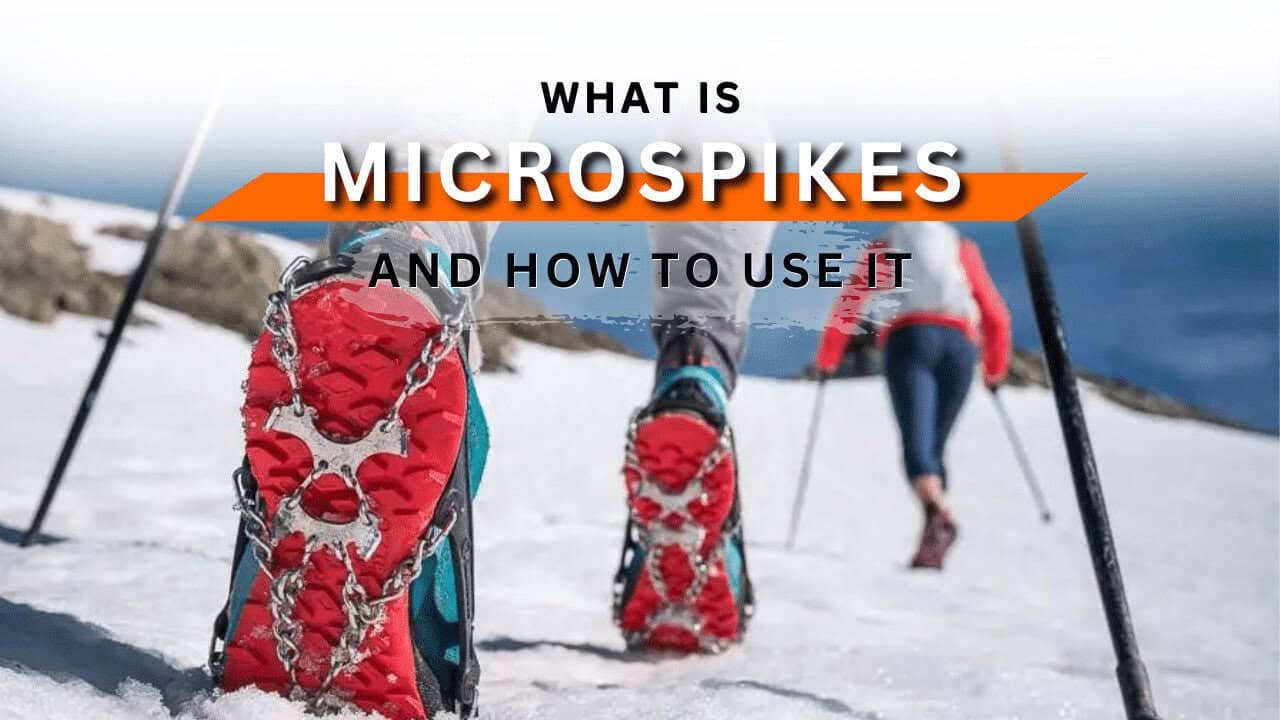
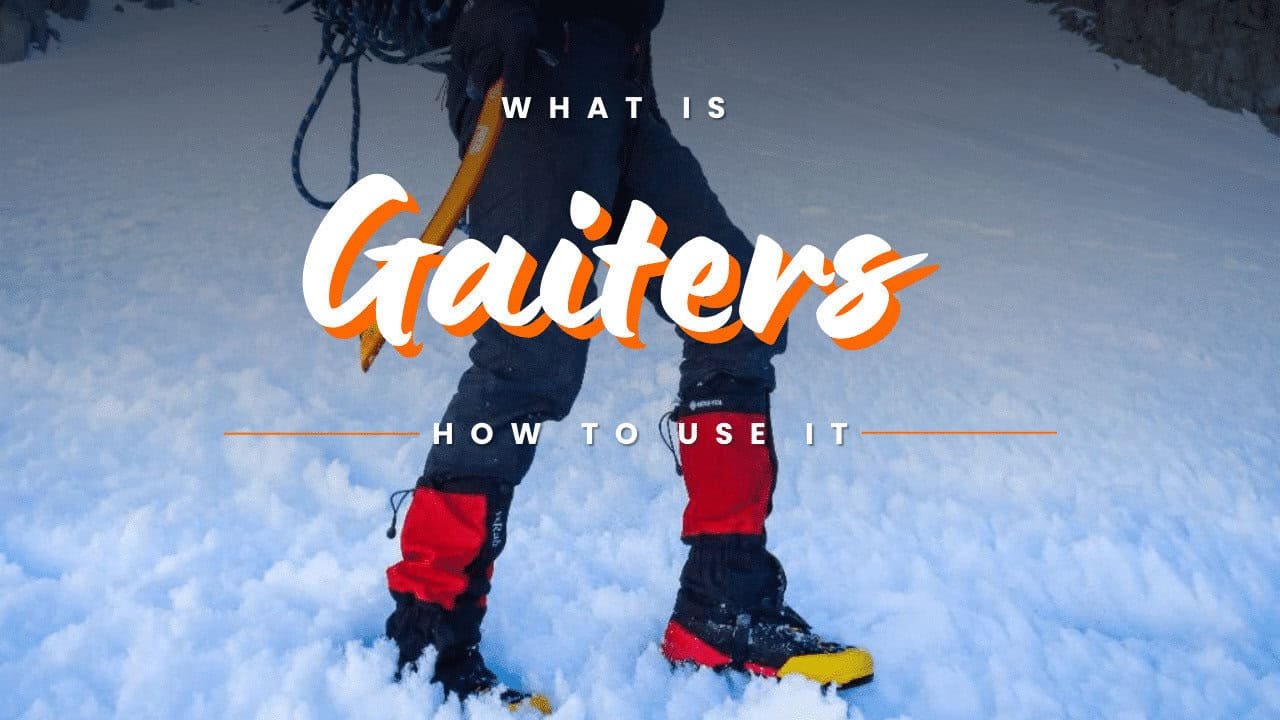
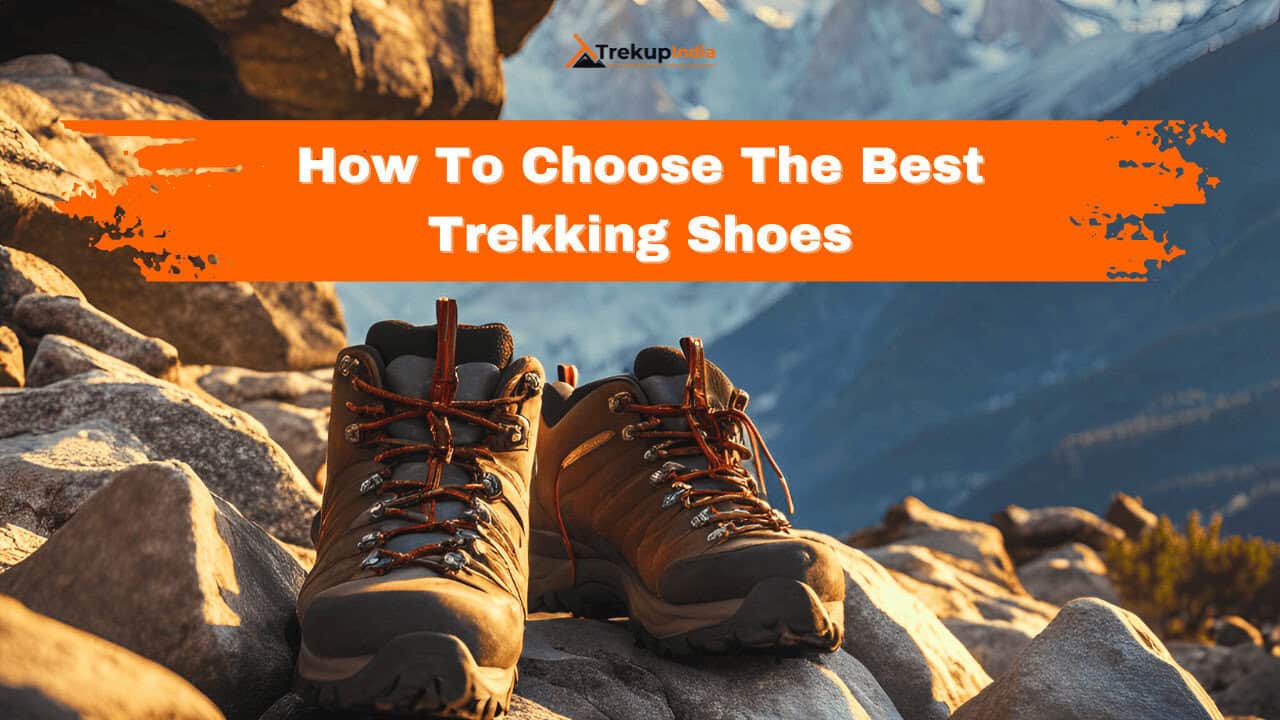

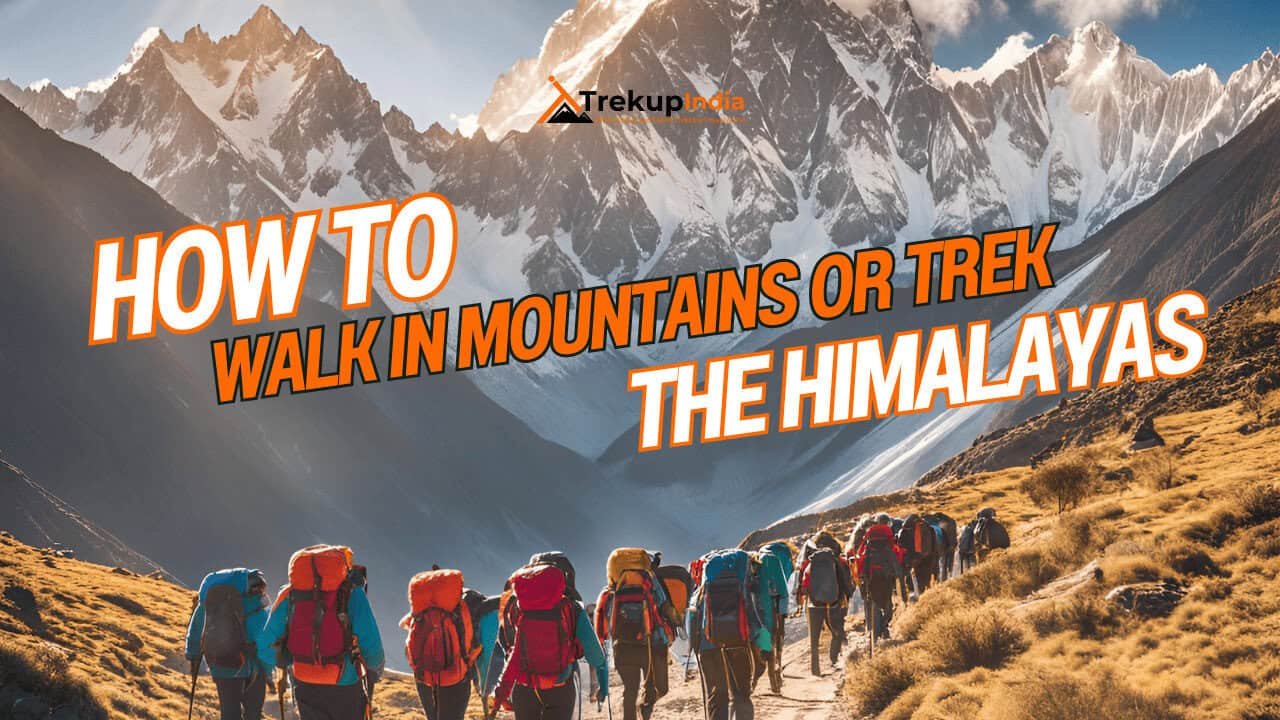

Know Everything About Acute Mountain Sickness
Acute Mountain Sickness occurs when people trek to high altitudes above 8,000 feet. This condition itself develops further due to reduced oxygen levels at such heights. Basically, as you go higher up, the air pressure and oxygen levels decrease, which causes the same problem. Acute Mountain Sickness surely causes headache, nausea, vomiting, and dizziness in affected persons. Moreover, peoples also experience difficulty in sleeping during this condition. To avoid mountain sickness, you should actually trek up slowly to higher altitudes. To learn further about this condition itself, watch the videos by Trekup India.
